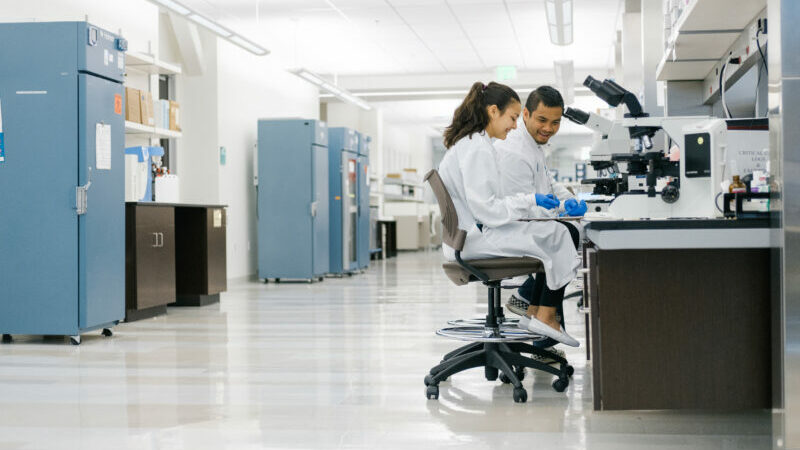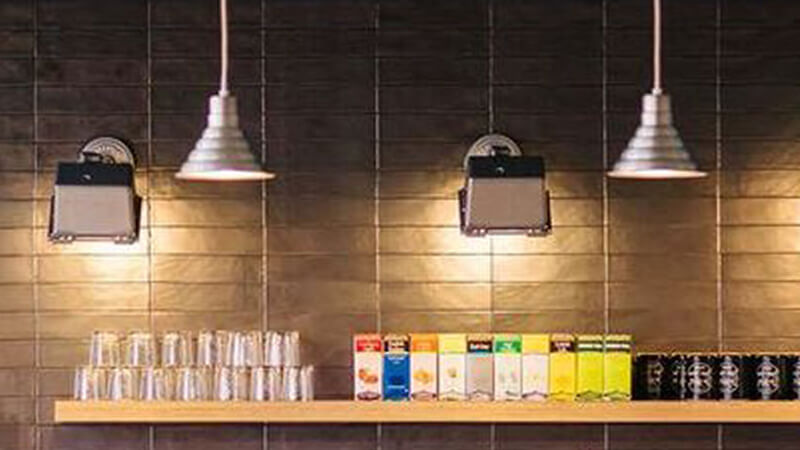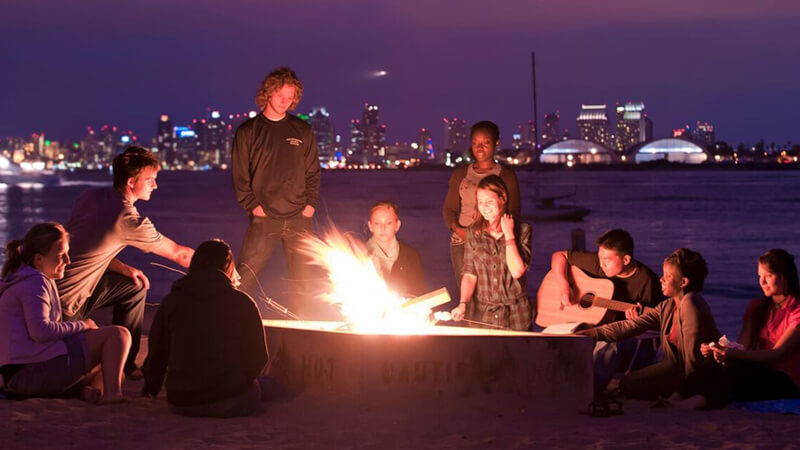Intuit presents Comic-Con Museum with open source solutions
Dec 04, 2018 -
As part of a new open source initiative with the highly anticipated Comic-Con Museum, engineers from Intuit will present two solutions at a demo event tomorrow, December 5. Their goal is to release to the open source community (aka the world) and Comic-Con Fandom shortly after. For some context, see Comic-Con Museum’s article below:
Every once in a while during a project, unexpected opportunities come along. Such was the case when we were approached by Intuit to participate in their annual “Codechella” event. Now in its eighth year the annual hackathon event has typically been used to work on Intuit’s own software products. But in support of one of the company’s core values, “We Care and Give Back”, Codechella 2018 was dedicated to helping the Comic-Con Museum.
In our early conversations, Intuit asked us to provide a real-world problem for each of two teams. The two questions we settled on were:
“How can we create a system that allows fans to collaborate with the museum design team, engaging them as creators and curators?”
“How can we create a virtual experience that allows people to access a museum collection and its associated interpretation that is otherwise inaccessible, or non-physical in nature?”
These questions were kept intentionally broad so as to allow maximum creativity on the part of the teams. Introduced to their problem statements on Monday morning, the teams were given until Friday morning to prepare a live demonstration of a Minimum Viable Product solution.

Team one during the Gallery Walk at the Intuit campus in San Diego, CA.
The first team locked onto the ideas that underpin existing crowdsourcing processes such as Lego Ideas. They also evaluated crowdfunding mechanisms like Kickstarter. Other members of the team were simultaneously digging into the fundamentals of exhibit design, and conducting audience research. By Wednesday morning the team had prepared a wireframe of a website-based implementation. They proposed a space where fans could develop and submit ideas for exhibits, in collaboration with other fans. The concept included not just the opportunity to upvote good ideas, but to collaboratively discuss them and develop specific content ideas. This would provide a way observe the depth of support for a project (vs raw popularity), ensuring that niche interests with extremely dedicated fanbases would be just as likely to find placement within the museum. By Thursday the website was an actual functional prototype being tested on members of the Intuit staff (who also happen to be Comic-Con fans) at their San Diego office.

Team two during the Gallery Walk at the Intuit campus in San Diego, CA.
The second team had a slightly bumpier start. They tried numerous ideas from VR, to kiosk and app based solutions for how one might experience a non-physical collection in a museum space. Responding to audience feedback about the different methodologies they settled on developing an Augmented Reality (AR) experience that would allow the whole museum space to be leveraged to tell a story or showcase content that supplemented what was actually on display. By Wednesday the team had created an AR demo that provided an opportunity to engage and learn more about the Eisner Award winners. Although the demo was based on the Eisners, it was clear that an AR system had been developed which could be adapted to any content. So hypothetically a different AR experience could be offered each time you visited the museum. On May 4th, it could highlight Star Wars content, or during Black History Month a showcase of African-American creators.
Audience testing infused the project with the notion of “gamification”, where achievements could be earned through repeat participation. It also became clear that the AR app might help people discover Easter Eggs embedded in exhibit design, creating a twist on the classic museum scavenger hunt. During their final presentation the team elaborated on the additional features that would have been included if there was more time, including the ability to use location-based AR installations, allowing the AR experience to expand beyond the walls of the Museum, to other areas of Balboa Park, or to other Museums who have Pop Culture items in their collections. And perhaps most exciting of all part was the idea that users could be empowered to create their own tours, and to then share them with other people who have the same interests. So fans might curate their own tour experiences.
Although Codechella is usually a competitive event, it wasn’t this year because there was no way to compare solutions to such different problems. This led to an atmosphere of collaboration between the two teams that ultimately yielded the best idea out of the process. The teams identified the opportunity for the development of a digital ecosystem that connects these experiences.

Both teams worked collaboratively to yield the best ideas.
As we review what was accomplished in just a single week, remarkable progress was made on both projects. Our deepest thanks to Intuit and all 29 Co-ops that participated in the program. The work has already had a considerable impact on our thinking about the Comic-Con Museum, and this is just the beginning. We are exploring ways to continue working on the prototypes and bring them to full completion.


